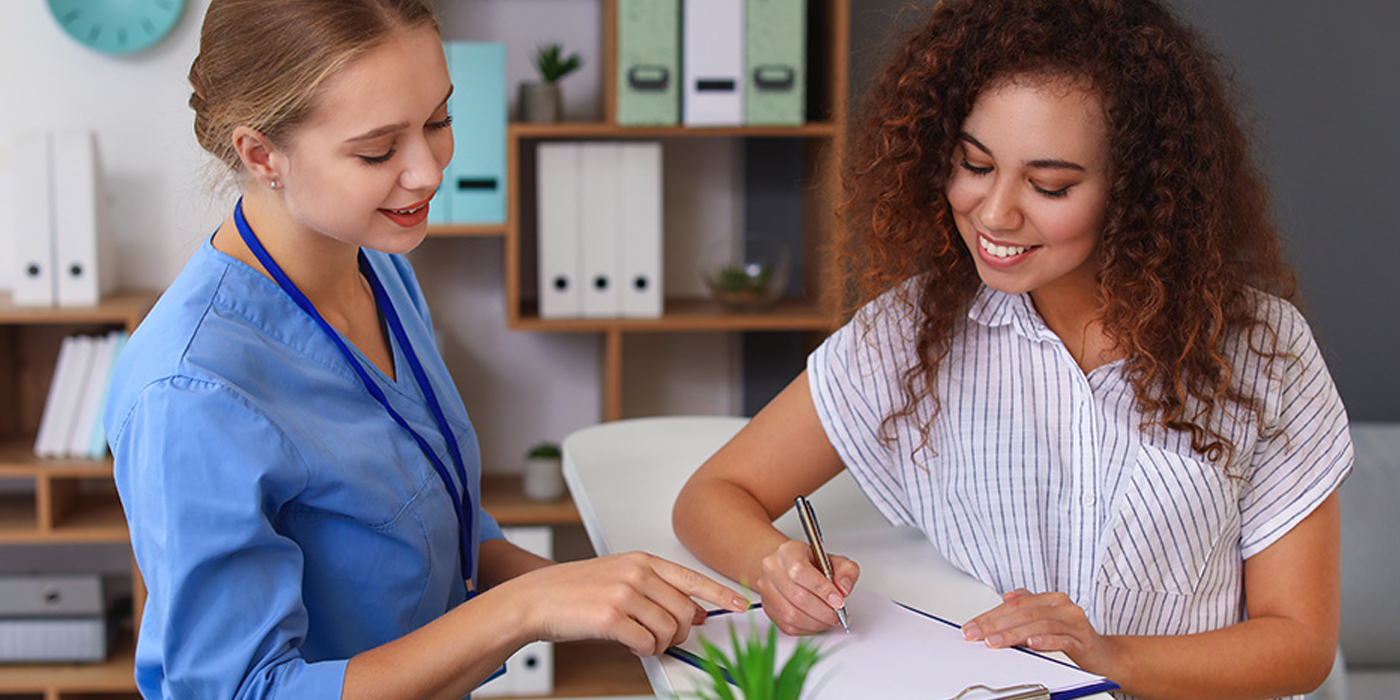Finest Practices in Medical Management for Improving Effectiveness and Lowering Prices
In the ever-evolving landscape of medical care, the quest of ideal methods in medical administration is extremely important for improving effectiveness and suppressing costs. By incorporating sophisticated innovations such as digital health documents and telemedicine, health care carriers can enhance operations and boost person treatment.
Leveraging Advanced Technology
In today's quickly developing medical care landscape, leveraging innovative innovation is no longer optional however crucial for efficient clinical administration. The assimilation of electronic solutions into medical care systems has transformed the method facilities operate, enhancing processes and enhancing person care. Electronic Health Records (EHRs) are critical, providing detailed individual information that can be accessed instantly by accredited personnel, thus decreasing redundancy and lessening errors. By centralizing person info, EHRs get rid of the need for cumbersome documentation and promote smooth communication amongst doctor.
Telemedicine is one more technical advancement that has actually transformed patient interaction. It offers convenience for both clients and medical care specialists by making it possible for remote consultations, which can lower the need for in-person check outs and optimize consultation organizing. Furthermore, telehealth platforms can prolong medical care accessibility to rural or underserved locations, linking gaps in treatment distribution.
In addition, making use of Expert system (AI) and maker learning is coming to be significantly widespread in anticipating analytics, enabling early detection of prospective health issues and more educated decision-making. These modern technologies, when incorporated successfully, can improve diagnostic accuracy and personalize patient treatment plans, eventually bring about boosted health care outcomes and functional performance.
Optimizing Resource Appropriation
By strategically taking care of resources such as workers, equipment, and financial resources, medical care facilities can significantly improve their operational efficiency, enhance patient results, and minimize unneeded expenses. The first step in enhancing resource allotment entails performing an extensive evaluation of present assets and recognizing locations where sources might be underutilized or overextended.
Focusing on source allocation based on client demands and solution demands is crucial. Implementing versatile staffing models can additionally enhance labor resources by changing personnel allowance in feedback to varying individual quantities.
Economic resources must be carefully kept track of and assigned with calculated foresight to support both short-term functional needs and long-term institutional goals. This consists of investing in training programs that improve team proficiencies and taking on energy-efficient practices that reduce operational costs (medical administration). Eventually, an enhanced resource allocation strategy promotes a sustainable medical care environment that is receptive, effective, and monetarily prudent
Streamlining Process Procedures
When healthcare facilities objective to enhance functional efficiency, improving operations processes becomes a crucial emphasis. Reliable process minimize redundancy, remove unneeded actions, and enhance control among health care specialists. This method not only accelerates service shipment yet also improves the quality of client care.

Following, innovation combination plays a considerable function in simplifying process. Applying electronic health and wellness records (EHRs) and electronic medical professional order access (CPOE) systems reduces documentation, reduces human mistake, and makes certain information comes to web link all pertinent personnel. In addition, leveraging telemedicine platforms can improve individual assessments and follow-ups, minimizing the stress on physical infrastructure.

Ultimately, streamlined process cause cost reductions and improved person complete satisfaction, promoting a more sustainable healthcare environment.
Enhancing Information Monitoring
Building upon structured process, optimizing data management becomes a crucial component in advancing healthcare administration. Efficient information management systems are essential for maintaining exact client records, enhancing decision-making, and making sure conformity with regulatory requirements. By carrying out durable information monitoring solutions, health care facilities can boost the high quality of person care while concurrently lowering operational expenses.
One trick element of enhancing information management is the assimilation of sophisticated digital health document (EHR) systems. These systems assist in the smooth exchange of patient info across different departments, decreasing replication of tests and minimizing mistakes. A well-designed EHR system sustains data analytics, allowing doctor to identify trends and make notified decisions regarding client care.
In addition, guarding person information is critical. Embracing extensive cybersecurity actions, consisting of encryption and routine audits, makes sure the integrity and discretion of delicate information. This not just safeguards people but likewise maintains the establishment's credibility.
Purchasing personnel training is another important factor. Enlightening medical care experts on information monitoring techniques boosts their capability to efficiently make use of modern technology, leading to improved patient outcomes. To conclude, enhancing data monitoring with advanced innovation and thorough training is essential for attaining efficiency and cost decrease in medical administration.
Fostering Collaborative Communication
An important component ahead of time clinical administration is fostering joint communication among health care professionals. Efficient interaction is extremely important for making certain seamless This Site patient treatment, maximizing therapy outcomes, and reducing mistakes. By encouraging open dialogue and control across multidisciplinary teams, health care companies can boost their functional efficiency and reduce unneeded prices.
Central to this approach is the integration of interaction innovations such as digital this post health documents (EHRs) and protected messaging platforms, which facilitate the quick exchange of important individual information. These devices enable doctor to accessibility and share information in real time, ensuring that all team participants are notified and straightened in their decision-making procedures. Regular group conferences and interdisciplinary rounds can additionally advertise a culture of collaboration and liability.
Training programs concentrated on enhancing communication skills are also important. Eventually, cultivating collective interaction leads to improved health care distribution and price financial savings.

Verdict
Including sophisticated technology, such as electronic health records and telemedicine, along with maximized source allowance and structured workflow procedures, is crucial for improving effectiveness in medical management. Reliable information monitoring and cultivating collaborative communication amongst health care groups are critical for reducing redundancies and boosting treatment top quality. By focusing on preventive treatment and participating in top quality improvement initiatives, medical care organizations can achieve considerable cost savings and boosted client results, therefore ensuring sustainable health care delivery in an increasingly intricate setting.